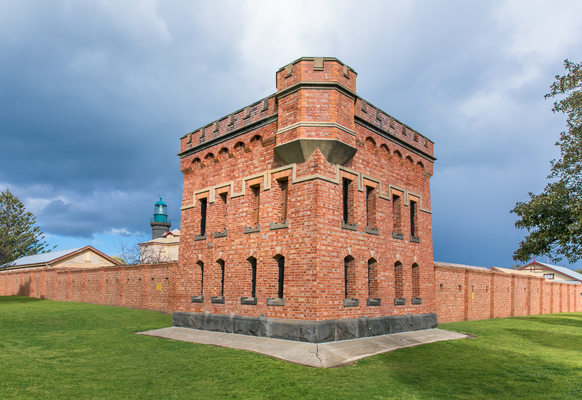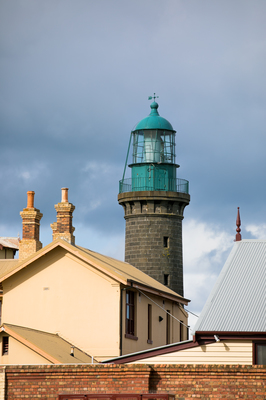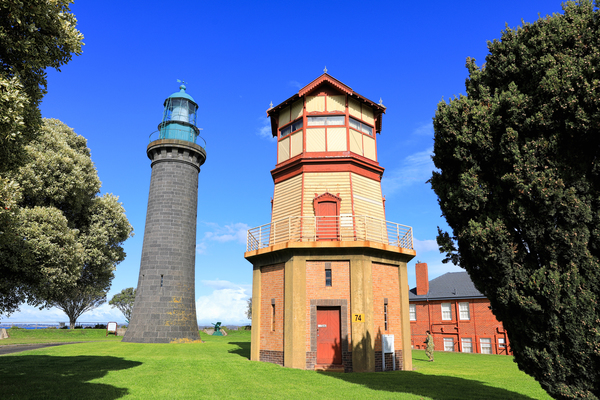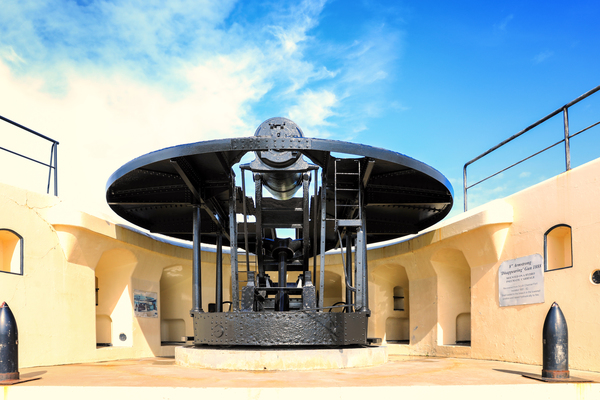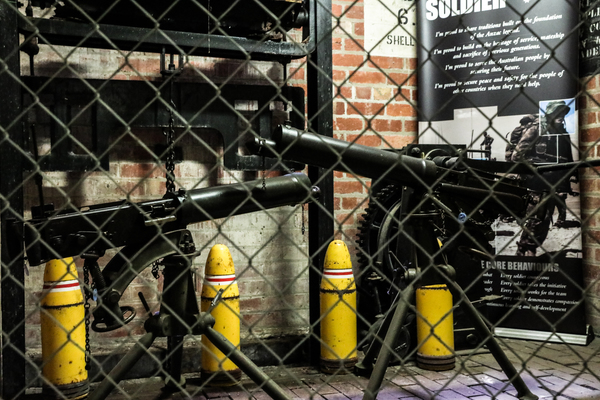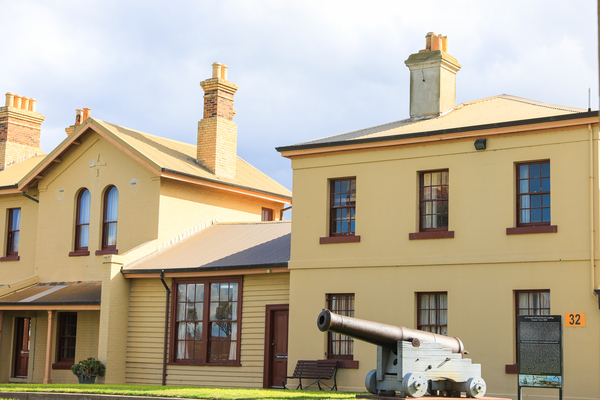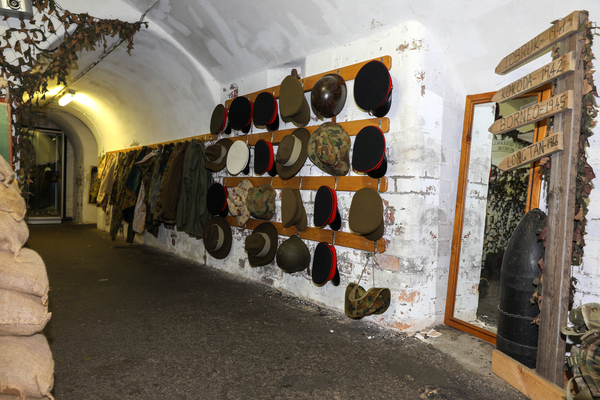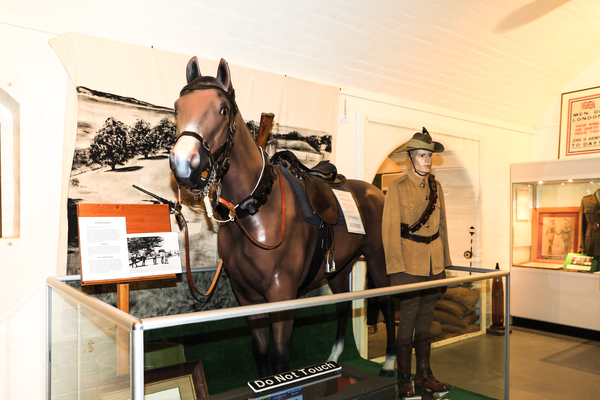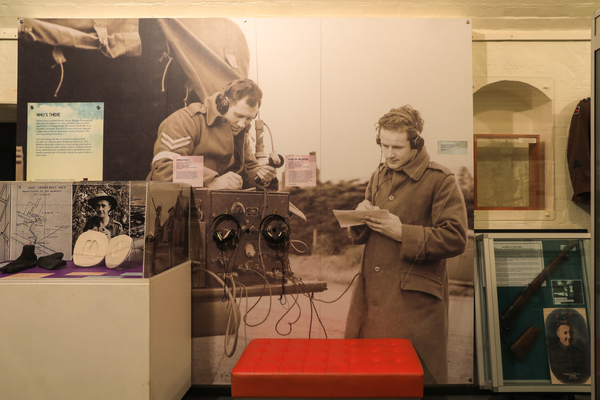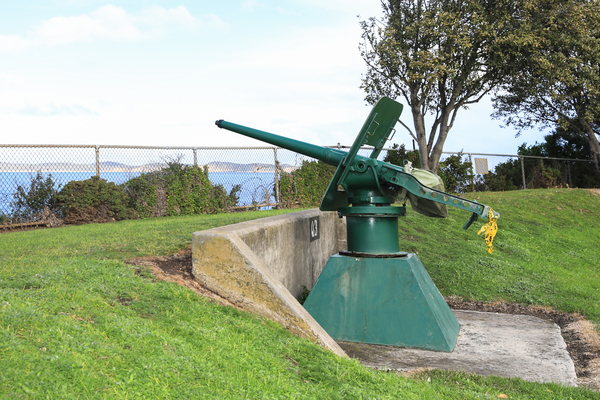By Justin Flynn
From the first shots of The Great War to providing one of the region’s most-intiguing tourist attractions, Fort Queenscliff is a jewel at the ocean-side doorstep to our region. JUSTIN FLYNN digs into its past.
Dating back to 1860, Fort Queenscliff is steeped in history.
The first Allied shots of WWI were heard when a gun at Fort Nepean fired across the bow of German freighter Pfalz as she attempted an escape to sea. The orders to fire came from Fort Queenscliff.
Nowadays, the fort and museum is a popular tourist spot, drawing thousands of visitors each year from all over the world.
Fort Queenscliff Museum manager Major Martin Gowling says the fort plays an important part in the local economy.
“Some stay on the Bellarine Peninsula while others are day trippers. In most cases they provide an economic boost to Queenscliff and the greater Bellarine region,” he says.
“To be the custodian of Fort Queenscliff, its historical buildings and its museum is an ongoing learning experience.
“I find it a rewarding and challenging opportunity. At every turn there is a story that needs to be told, and it is told to school children, tour groups and the general public when they visit the fort.”
While the fort played an important strategic role in years gone by, the human faces behind it today do their best to bring the past to life.
Fort Queenscliff Museum curator Sergeant Helen Janner never gets tired of looking at the structure.
“More often than not, when I am here there is another amazing piece of what I call the fort ‘puzzle’ emerges; the vast collection of military items, images, documents and of course the stories that each and every building tells us,” she says.
“So much history – from the 150-year-old lighthouse to the magnificent cannons. Most of the structures here have been here for over 100 years.
“I am learning about them every day – and the view to the bay – priceless! How lucky am I?”
Tour coordinator Liz Fountain has seen the number of visitors to the fort change over the years.
“I have been tours coordinator since 2006, and tourist numbers have slightly increased since then,” she says.
“We expect about 12,000 to 13,000 this year. They come from everywhere in Australia as well as overseas.”
Ms Fountain says heritage venues that enjoy federal funding and promotion get much more national recognition than Fort Queenscliff.
She says the fort is still largely an unknown entity.
“Bellarine residents mostly know we are here, but many have never been on our professionally guided tour. Interstate tourists have a remarkable visit waiting for them if they can venture to Queenscliff on a holiday,” she says.
Keith Quinton is a researcher at fort museum library and was born and raised in Queenscliff.
“As I am one of a small group of historians attracted to the architecture of 19th-century fortifications and the development of coastal artillery defences, Fort Queenscliff has proved a valuable research source for my writings on Victorian coastal defences,” he says.
Although access to the museum is limited, due to Fort Queenscliff remaining an active military base, AAHU Museum staff and AAHU volunteers work to assist with a broad range of inquires related to family research and military history.
The federal government and Australian Army, through the AAHU (Australian Army History Unit), have provided resources for volunteers attending the museum library and resource centre over the last decade to carefully collate thousands of diverse documents, plans and photographs related to the defence of Victoria and Port Phillip Heads.
“Without this dedicated effort, public access to much of the material would have been lost,” Mr Quinton says.
“I am gratified to be able to foster this continuation of Queenscliff’s ‘garrison town’ heritage.”
Evan Donohue is also a researcher at the museum library.
“For me Fort Queenscliff displays one of Australia’s iconic heritage developments from a bygone era,” he says.
“Most Australians know of Eureka stockade in Ballarat, but Fort Queenscliff completely eclipses Eureka, due to many decades of artillery activity dating from 1860 until 1945.”
Mr Donohue discovered the fort when he began his family history search for unknown ancestors.
He found a great grandfather who sailed from Scotland’s Outer Hebrides Islands to Australia in 1883, and enlisted in the Victorian Permanent Artillery in 1884.
Records at the fort revealed he died within the Fort Hospital in 1899, aged only 35, of a brain tumour.
“I was amazed that this sort of record could still be unearthed in the fort library,” he says.
“This encouraged me to become a volunteer at Fort Queenscliff so I could assist others to find records of long lost artillery soldiers, who also endured the very hardy 1880s conditions of an artillery soldier within the Fort.
“Fort Queenscliff is an amazing place and everybody should take the guided tour.”


